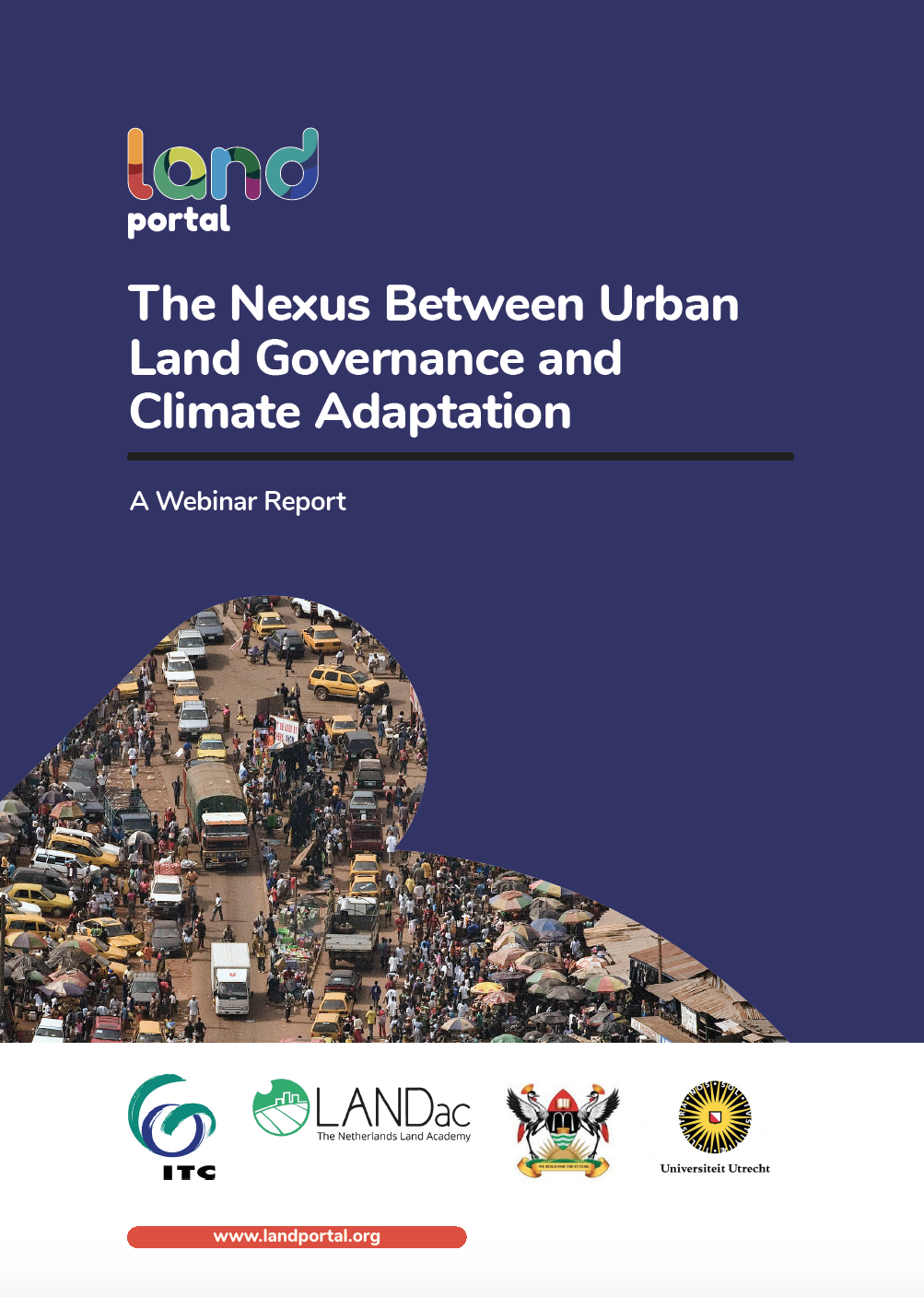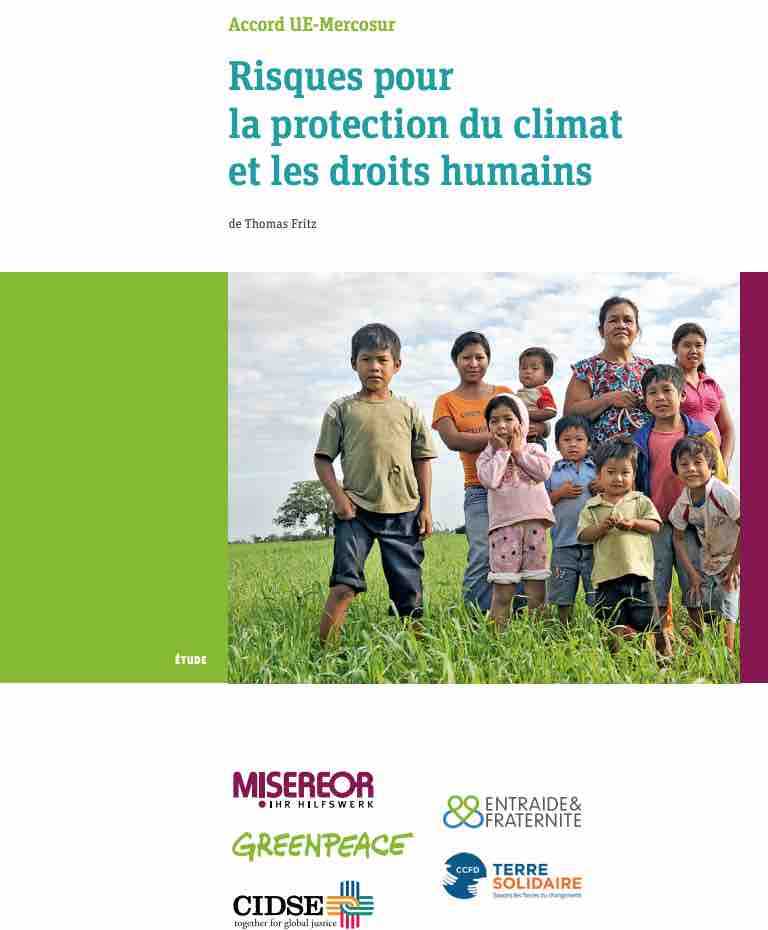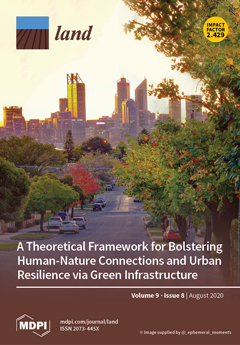Carbon Storage Potential of Silvopastoral Systems of Colombia
Nine Latin American countries plan to use silvopastoral practices—incorporating trees into grazing lands—to mitigate climate change. However, the cumulative potential of scaling up silvopastoral systems at national levels is not well quantified. Here, we combined previously published tree cover data based on 250 m resolution MODIS satellite remote sensing imagery for 2000–2017 with ecofloristic zone carbon stock estimates to calculate historical and potential future tree biomass carbon storage in Colombian grasslands.








